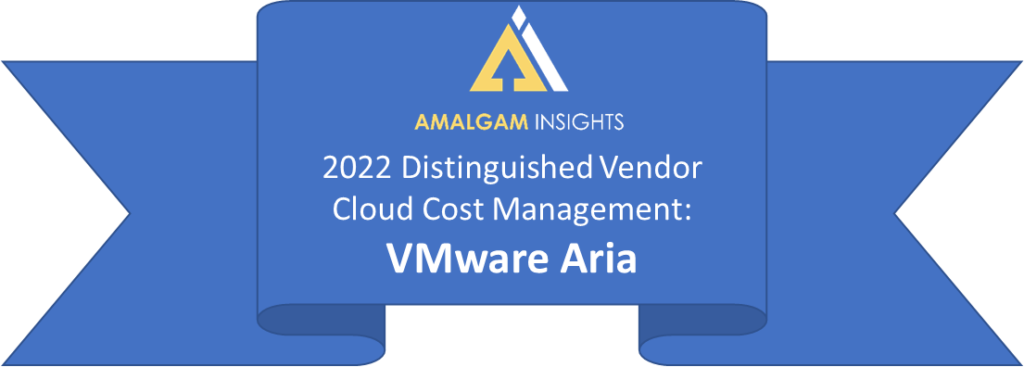Dreamforce
Salesforce Premieres Genie, the New Realtime Data Platform Behind the Customer 360
At Dreamforce, Salesforce launched Salesforce Genie, a realtime data platform undergirding Salesforce Customer 360. Genie ingests and stores streams of realtime data and combines it with transactional Salesforce data, then turns the combined data into a unified customer record. In addition, Einstein AI can provide additional relevant personalizations and predictions based on this realtime data, and Flow can trigger actions automatically based on the same realtime data.
Salesforce and AWS Now Let You “Bring Your Own AI” to Customer 360
Salesforce and AWS teamed up to reveal new integrations between Salesforce and Amazon SageMaker. Joint customers will be able to use SageMaker and Einstein AU in concert to build custom AI models – to “bring your own AI” and use it in realtime across the Customer 360. Cleansed and unified realtime Salesforce customer data alongside an organization’s data from an AWS data lake or data warehouse will be jointly accessible for building and training machine learning models in SageMaker. The underlying technology enabling these integrations is Salesforce Genie, mentioned above.
Salesforce Appoints Robin Washington Lead Independent Director of the Board
Salesforce also announced the appointment of Robin Washington as the Lead Independent Director of the Company’s Board of Directors, succeeding Sanford Robinson. Washington has served as Director of Salesforce since 2013, and currently also chairs the Board’s Audit Committee. Washington has also served on the boards of Gilead Sciences, and currently serves on the boards of Alphabet, Honeywell International, and Vertiv Holdings Co.
Launches and Updates
DataRobot Debuts Dedicated Managed AI Cloud
DataRobot Dedicated Managed AI Cloud is now publicly available, DataRobot announced earlier this week. The Dedicated Managed AI Cloud is a dedicated hosted version of DataRobot’s AI Cloud, managed by DataRobot experts, allowing organizations to outsource certain aspects of AI platform deployment, configuration, management, and maintenance when staffing constraints limit on-prem capabilities.
Domino Data Lab Announces New Ecosystem Solutions with NVIDIA
Domino Data Lab announced two solutions with NVIDIA ecosystem partners last week. Domino and NVIDIA have created an on-prem GPU reference architecture and an integrated MLOps solution for high-performance processing needs on NVIDIA DGX systems.
Partnerships
Qlik Launches Two More Products in Partnership with Databricks
Qlik debuted two more solutions in its partnership with Databricks. The first is the launch of the Databricks Lakehouse (Delta) Endpoint within Qlik Data Integration, which will make it easier for customers to get data into their Delta Lakehouse. The second is the integration of Qlik Cloud with Databricks Partner Connect, improving the “trial experience” of Qlik Data Analytics within Databricks.
SAS Viya Now Available On Azure Marketplace
SAS Viya is now available on the Microsoft Azure Marketplace, expanding on the existing SAS-Microsoft partnership. Users will be able to access the full Viya package on Azure, including SAS Visual Analytics, SAS Visual Statistics, SAS Visual Data Mining and Machine Learning, and SAS Model Manager, with no-code and code-centric interfaces available.
Hiring
Debanjan Saha Named Chief Executive Officer of DataRobot
Last week, DataRobot announced that Debanjan Saha had been appointed as Chief Executive Officer. Saha originally joined DataRobot in February 2022 as President and Chief Operating Officer, and served as DataRobot’s interim CEO when Dan Wright stepped down in July. Prior to DataRobot, Saha was the VP/GM of Data Analytics at Google, and the VP GM of Aurora and RDS at Amazon.

